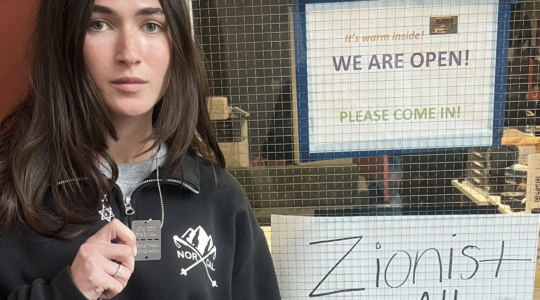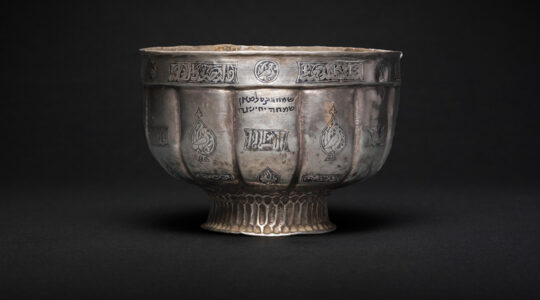The Iranian nuclear issue and Palestinian peace talks may be dominating the news about Israel nowadays, but if discussions within the Jewish state focused on any social challenge this year, it was the question of how to integrate the haredi Orthodox population into Israel’s workforce and military.
A new centrist party, Yesh Atid, won 19 Knesset seats in January promising to cut subsidies and draft exemptions for the haredi community. As the government has pushed legislation cutting haredi benefits, haredi leaders have debated how to respond.
But observers assessing trends and responses among Israel’s haredim first need to ask a crucial question: Whom do we count as haredi?
This week, the Taub Center for Social Policy Studies in Israel came out with a novel way to define the community that departs from previous measures used by Israel’s Central Bureau of Statistics. Existing studies define haredim based on whether they attended advanced yeshivot, and whether they avoided army service or eschewed college. Families with too many college degrees or too many soldiers were placed outside the haredi box.
This method becomes a problem when you’re trying to measure, say, a rise in haredi college attendance or army service. The Taub Center’s methodology avoids those pitfalls by choosing metrics that set haredim apart from other Israelis while avoiding statistics that it’s trying to track (like haredi presence in the workforce).
Instead, the Taub Center looked at recent electoral maps and identified precincts that voted in high numbers for haredi political parties — a traditional measure of communal loyalty. The center found that in those districts, 80 percent of families were haredi.
But how to separate that 20 percent? Answer: TV sets. Surveys of the haredi community have found that fewer than 10 percent of haredim watch any television at all, and that those who do watch TV watch very little — perhaps only outside of the home. Taub’s conclusion: If you live in a haredi-voting district but own a TV, you’re almost definitely not haredi.
If the political and social forces pushing for haredi integration succeed, military service, academic degrees and employment will become increasingly less relevant to the task of classifying haredim as time goes by. But until “The Voice” becomes popular in Me’ah She’arim, the Taub Center’s methodology seems safe.
JTA has documented Jewish history in real-time for over a century. Keep our journalism strong by joining us in supporting independent, award-winning reporting.





